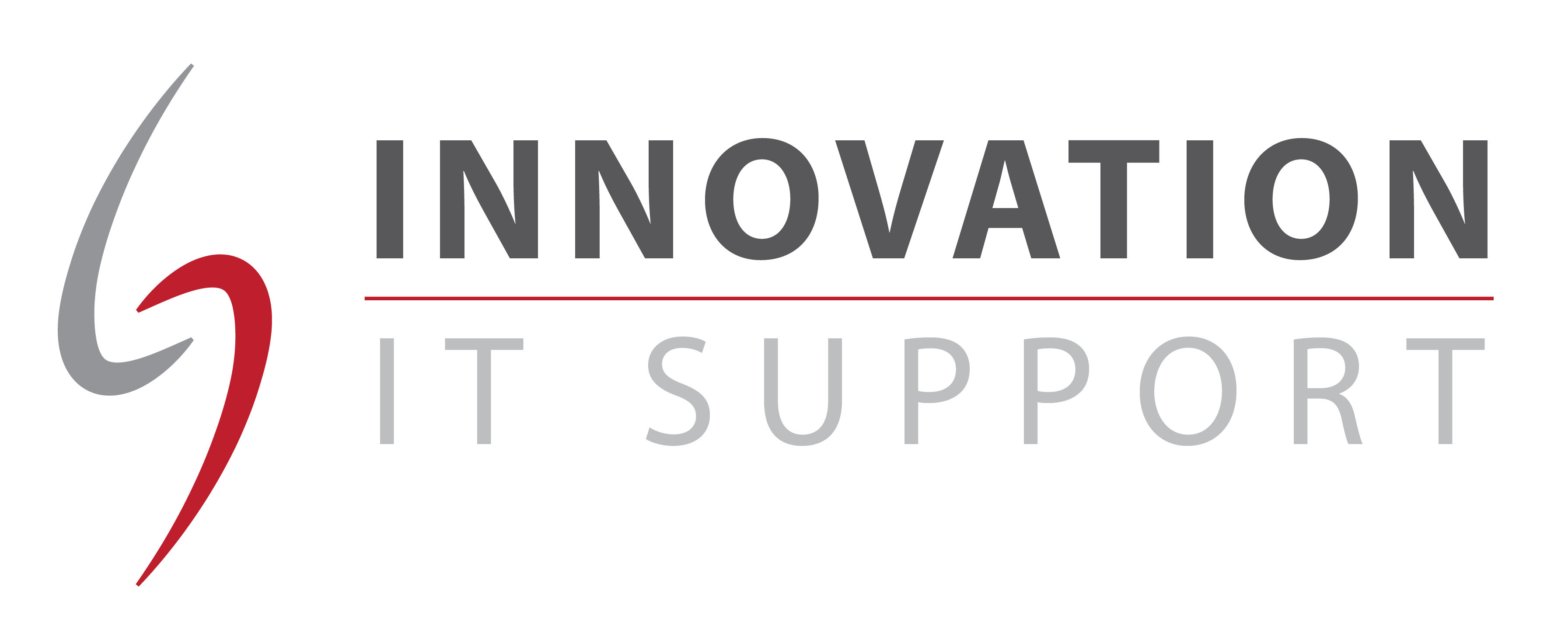 Cybercrime is fast growing criminal activity, and becoming an increasing threat for small businesses.
Cybercrime is fast growing criminal activity, and becoming an increasing threat for small businesses.
Businesses are increasingly relying on technology to store and process their data and their customer’s data. With the use of technology comes the risk of security breaches and consequences such as:
- Business interruption losses
- Loss or damage to data
- Breach of personal data
- Theft of funds through fraudulent entry into IT systems
However, for a small business focused on day-to-day productivity, growth and competitive advantage in a challenging economic climate, such threats can still seem completely irrelevant. Many small business owners believe that criminals have better things to do than focus their attention on small firms when there are large, wealthy enterprises to target.
Hackers don’t want to go after the big companies that have layers of security in place — They want the easy targets. Unfortunately, if you don’t have the proper security solutions in place, your small business is an easy target. To protect your data and your business, ensure you take steps to ensure the following solutions are in place.
Virus Management – Make sure you have antivirus software installed and kept up to date. Viruses and other malware can cause a wide range of problems, from slowing or crippling network activity. Mac malware is also on the rise so Mac users are at risk too. Apple often promotes Mac as safer than Windows, but don’t get complacent.
Passwords – Use strong passwords. Having a weak password makes you more at risk from a dictionary attack, where words in the dictionary are forced at a device in order to break entry. A strong password should contain at least eight characters, not contain any complete words, names, or your company name. It must have a mix of upper and lowercase characters, numbers and symbols.
Use strong encryption on your wireless access points – Weak encryption on your wireless network can leave your WiFi vulnerable to attack, worse still some networks have no encryption or rely on dated forms of security such as MAC Address filtering.
Disable Router interface – Most routers have a web interface to program settings, make sure that this is only accessible to your internal network and if it is still set to the default password then this needs to be changed.
Encrypt laptops and smartphone – Laptops and smartphones have features that encrypt your data, rendering it useless to would-be data thieves if the device is lost or stolen.
Keep Software Updated – Windows updates may seem like a hassle, and some people have the “if it isn’t broke don’t fix it” opinion, but Microsoft release Windows Updates for a reason – to patch vulnerabilities that have been found within Windows. Other software must also be kept up to date; older software can put your network at risk.
Unfamiliar software – Be cautious when downloading and installing unfamiliar software. Avoid suspicious websites and emails. If pop-ups appear telling you your systems may be at risk, they could be using a scare tactic to get you to download something you don’t need – which may in fact be a virus.
Backup and Disaster Recovery – In the event of network failure, you’ll want to restore operations as quickly as possible. Off site backups are also a must, to protect you from fire and theft.

